Paint IKEA Furniture Like a Pro: The Complete Guide to Never-Peeling Finishes
Difficulty: Novice to Moderate
Time: 2-4 hours for basic pieces like BILLY or KALLAX units
Cost: ~$75 average investment
Why This Simple Weekend Project Changes Everything
That boring IKEA furniture sitting in your living room does not have to stay generic. You walk past that plain white BILLY bookcase or basic KALLAX cube and think, there has to be something I can do about this. Good news, there is. Transforming those plain pieces into custom showstoppers is far easier than it looks, and the payoff goes beyond looks.
Research shows that DIY projects like furniture painting can improve mood by 72%, while personalized spaces help reduce daily stress according to 2024 psychological studies. The real trick is getting paint to stick to slick laminate, because the right prep makes your work last for years instead of chipping in weeks.
What You’ll Need
Materials
1 quart shellac-based primer (B-I-N recommended)
1 quart water-based acrylic or enamel paint (eggshell or gloss finish)
1 pint water-based polyurethane topcoat
120-grit sandpaper (2-3 sheets)
220-grit sandpaper (1-2 sheets)
Tack cloth or microfiber cloths
Drop cloths or plastic sheeting
Tools
Foam roller (4-6 inch) with handle
Synthetic brush (2-3 inch angled)
Sanding block or electric palm sander
Safety glasses and dust mask
Disposable roller tray
Screwdriver for hardware removal
Safety First
Wear safety glasses and a dust mask during sanding
Work in a well-ventilated area, open windows and use fans for primer fumes
Use nitrile gloves when handling shellac-based primers and solvents
Keep the workspace clear of tripping hazards and make sure lighting is good
Adult supervision required if children are helping with any steps
Why IKEA Furniture Fights Back Against Paint
Most IKEA pieces use laminate-covered particleboard designed to resist moisture and substances, including your carefully chosen paint. That smooth, nonporous surface means regular paint solutions will not stick well, creating a slippery barrier that paint has trouble clinging to.
Natural wood has tiny pores that help with grip. Laminate does not. The upside, IKEA's engineered materials actually accept modifications beautifully when you follow the right sequence.
Popular pieces like BILLY, KALLAX, and HAVSTA each feel a bit different under your hand, BILLY often has a paper-thin veneer, KALLAX uses smooth white laminate, HAVSTA leans textured. All respond to the same approach.
Steps
1. Clean and prep your workspace (15 minutes)
Clear the furniture and wipe it down with a degreasing cleaner. Dust, oils, and residue kill adhesion. Set up with ventilation and good light, then spread drop cloths so you are not stepping in wet paint later.
If possible, disassemble your piece. Painting flat-packed furniture before assembly allows access to all surfaces. Remove knobs and handles. This creates clean lines and prevents paint buildup around mounting points.
2. Sand to create paint-ready texture (30-45 minutes)
Start with 120-grit to knock down the shine and put microscopic scratches in the surface. You are not removing layers, just breaking the surface tension of slick laminate. Light sanding with fine-grit sandpaper creates the texture paint needs.
Follow with 220-grit for smoothness, textured enough for primer to grip yet smooth enough for a clean finish. Wipe with a damp cloth, then a tack cloth, until there is no chalky dust left.
Tip: Give edges and corners extra passes. These are the first spots to chip.
3. Apply shellac-based primer (45 minutes active, 2-4 hours drying)
This is the make-or-break step. Shellac-based primers provide the best adhesion for laminate. B-I-N Shellac-Based Primer stands out as the top choice because it sticks fast and dries quickly.
Use a foam roller on large flats and a synthetic brush on edges and details. Use thin, even coats rather than one thick application to avoid drips and to help the primer bond to laminate.
Why it works: shellac primer forms a chemical bridge, it grabs the laminate and gives paint something to hold.
4. Apply paint in thin, multiple coats (1-2 hours active, 6-8 hours drying between coats)
With primer down, water-based acrylic or enamel paints work excellently. For durability choose satin/semigloss or gloss; eggshell is lower sheen and less durable. that provide the most durability. They resist wear and wipe clean easily.
Roll broad areas, brush the edges, keep it thin. Paint in thin, even layers to avoid drips and streaks, and allow 6-8 hours drying time between coats. Most pieces need 2-3 coats for full, even color that looks pro.
If the first coat looks streaky, leave it. Do not over-brush. The second and third coats even everything out.
5. Seal with protective topcoat (30 minutes active, 24 hours curing)
Water-based polyurethane is much less prone to yellowing than oil-based poly, but some products/UV exposure can still cause slight tinting — test first., a win for light colors. Apply 1-2 thin coats and let each coat dry fully.
Test the topcoat on a hidden spot first, because some paint and topcoat combinations can cause cloudiness. Polycrylic sealer offers another excellent option with minimal odor and crystal-clear results.
Let the piece cure for about a week before heavy use. Tabletops and high-traffic shelves harden up as the finish cures.
Cleanup & Disposal
Store leftover primer and paint in sealed containers for touch-ups, label the date and color. Dispose/store oil- or solvent-soaked rags in a metal, lidded container or follow local hazardous-waste guidance; water-based paint rags are lower risk but still follow local rules. Clean brushes and rollers right away, water-based paints clean with soap and water, shellac primer needs denatured alcohol.
Follow local hazardous waste rules for shellac primer containers due to alcohol content. Many communities run seasonal household hazardous waste collection events.
Troubleshooting
Problem: Paint feels tacky after 24 hours → Fix: Increase ventilation and temperature, allow more curing time in humid conditions
Problem: Visible brush strokes in finish → Fix: Lightly sand with 220-grit between coats, use a foam roller for the final coat
Problem: Paint chipping at edges → Fix: Sand those spots, re-prime, and repaint, edges need extra primer coverage
Problem: Blotchy coverage on first coat → Fix: Normal with primer, the second coat levels it out
Variations & Upgrades
Budget option: Skip the topcoat on low-traffic pieces like bookcases and decorative items
Renter-friendly approach: Focus on removable parts like shelves and drawer fronts that can move with you
High-end finish upgrade: Add a light pass with 320-grit between final paint coats for an ultra-smooth finish
Quick refresh method: Clean and apply bonding primer directly without sanding, best for pieces in good condition
FAQ
Can I use regular latex primer instead of shellac-based? While possible, shellac primer provides significantly better adhesion to laminate surfaces. Regular primers may result in adhesion failure within months.
Will this technique work on all IKEA furniture? Yes, for laminate-covered pieces including KALLAX, BILLY, PAX, EXPEDIT, MALM, BRIMNES, HEMNES, and ALEX series. Solid wood pieces like IVAR require different preparation.
How long before I can use the furniture normally? Light use after 48 hours, full use after one week. Topcoated surfaces reach maximum hardness after 30 days.
Why it works: this system stacks bonding layers, sanding creates a mechanical key, shellac primer creates a chemical bond, a clear topcoat protects the finish.
The investment is small compared to alternatives. Most IKEA furniture hacks average $75 total investment, while designer options run high. A $69 BILLY bookcase becomes custom built-in appearance with just $30 in materials, while professional built-ins cost $1,200 per linear foot.
Better yet, proper preparation, correct primer, and patience result in refined pieces that match your taste. Your upgraded furniture feels personal, not mass-market, and hacked pieces become keepsakes rather than disposable furniture. With 57% of people experiencing daily enjoyment when their home reflects their identity, a single weekend with a roller and a can of primer goes a long way.








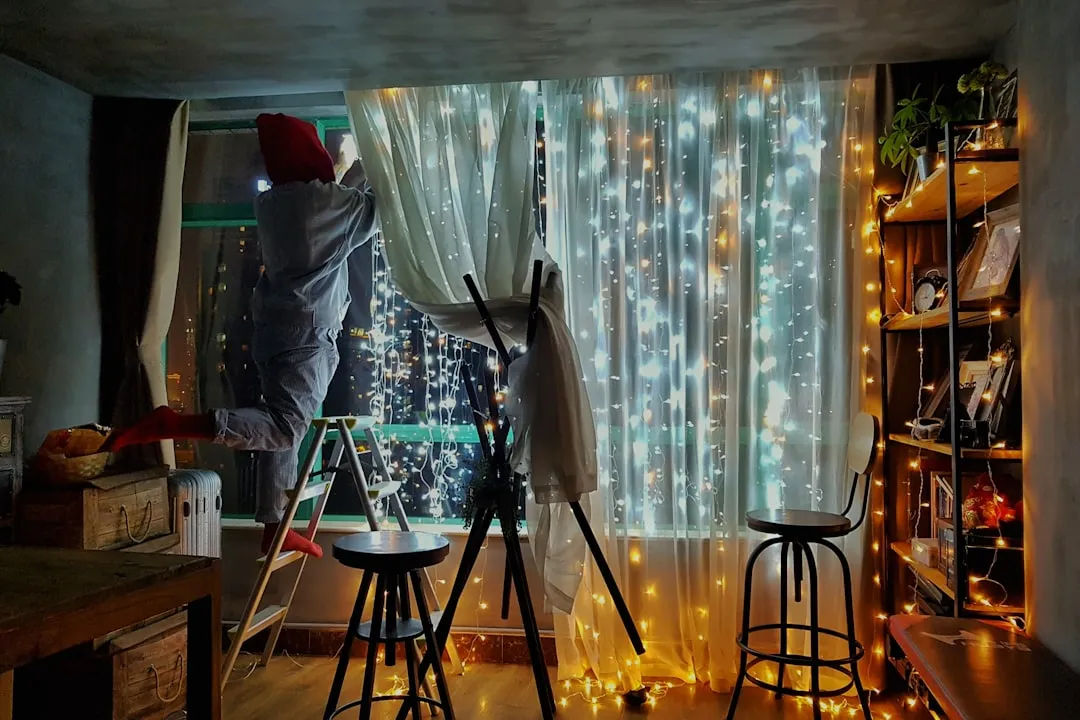


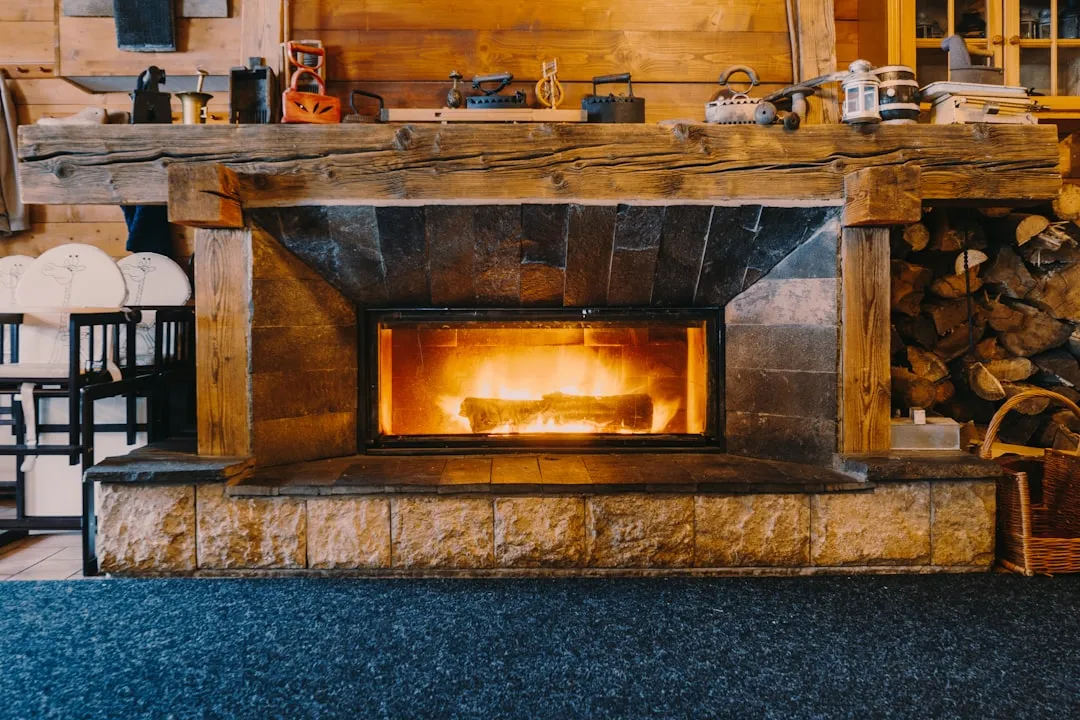
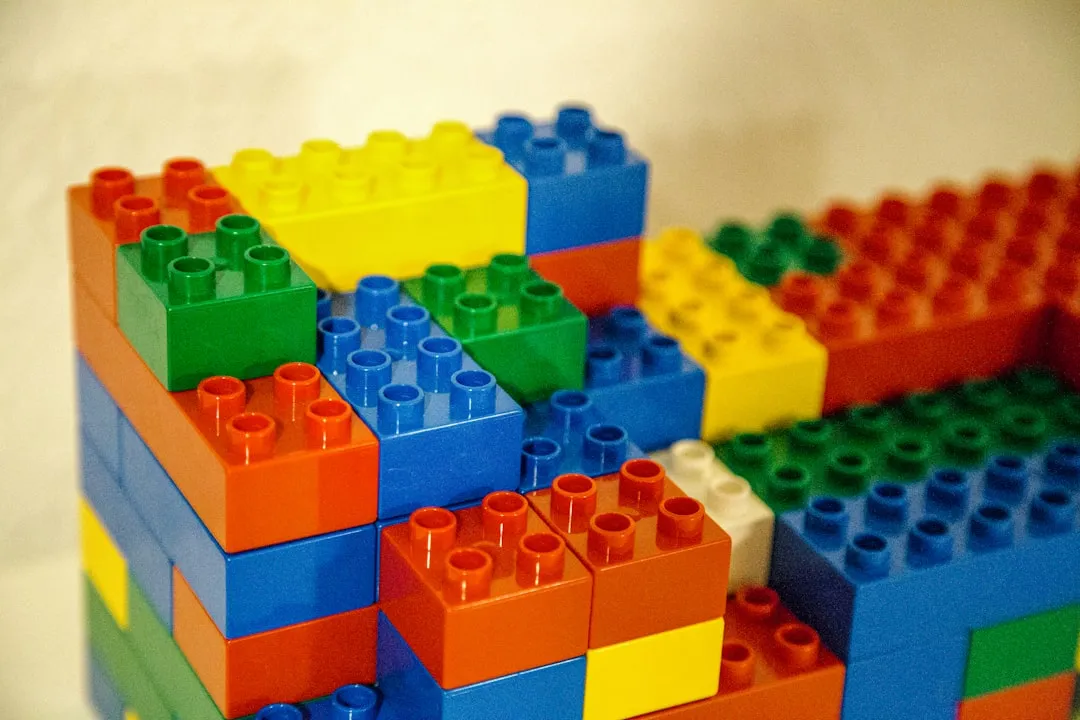
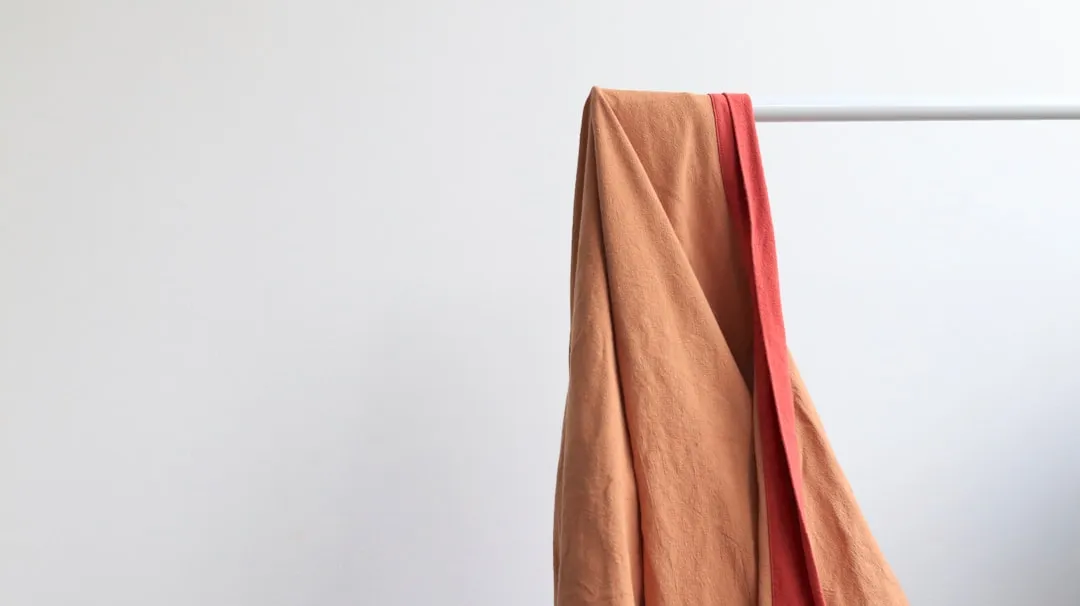
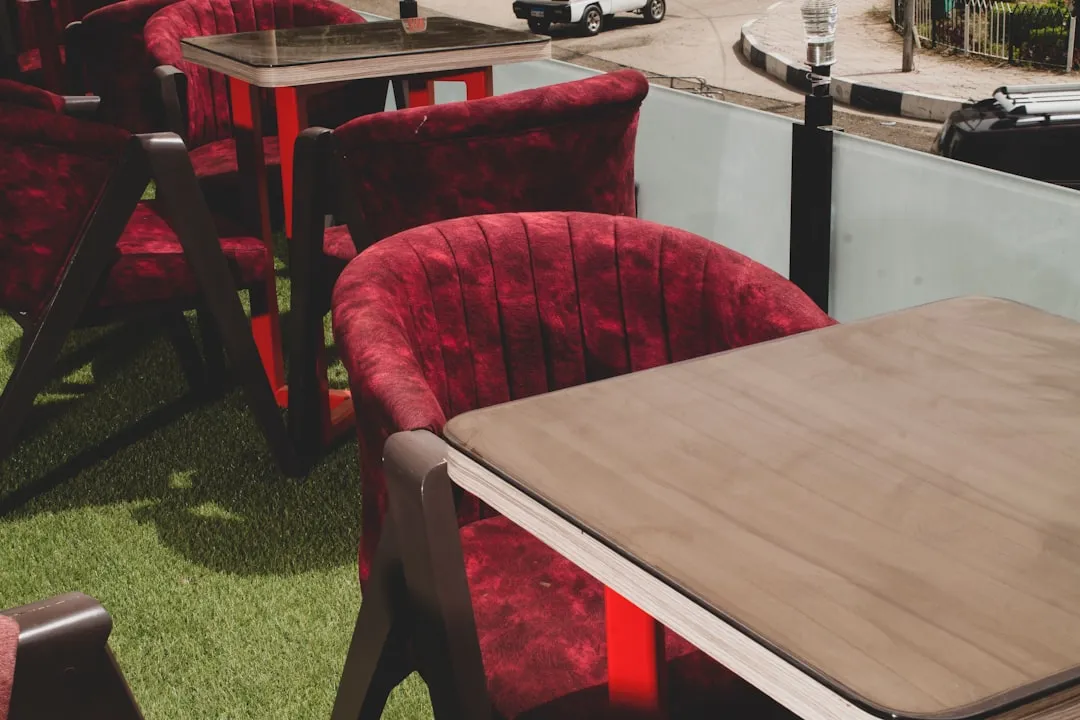
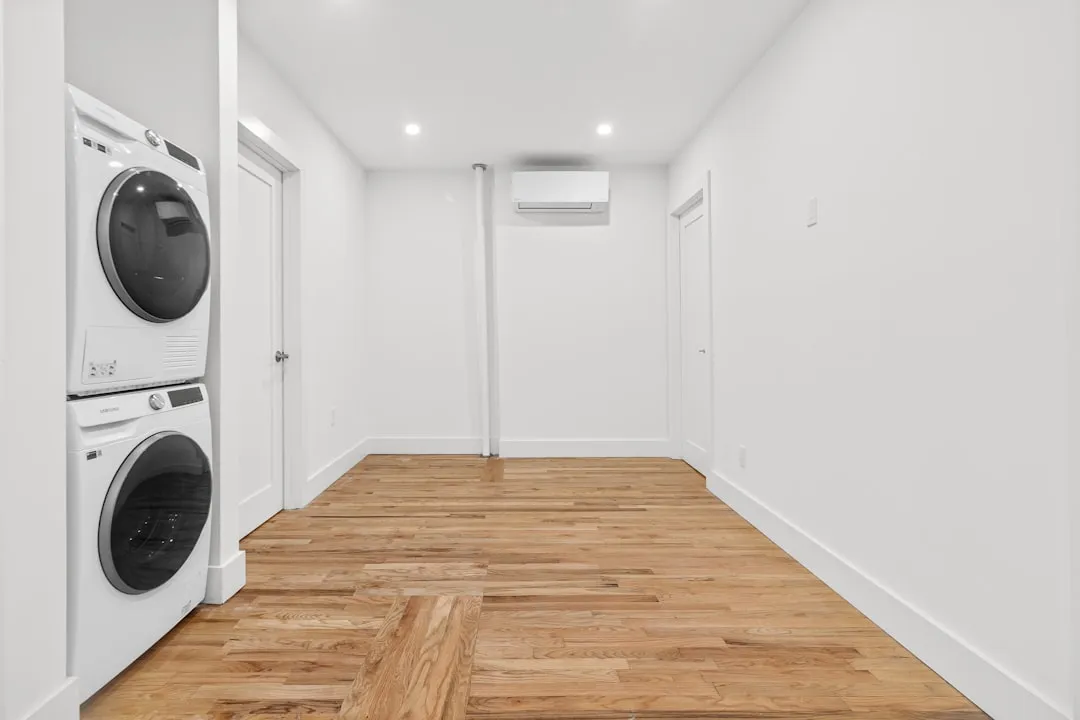
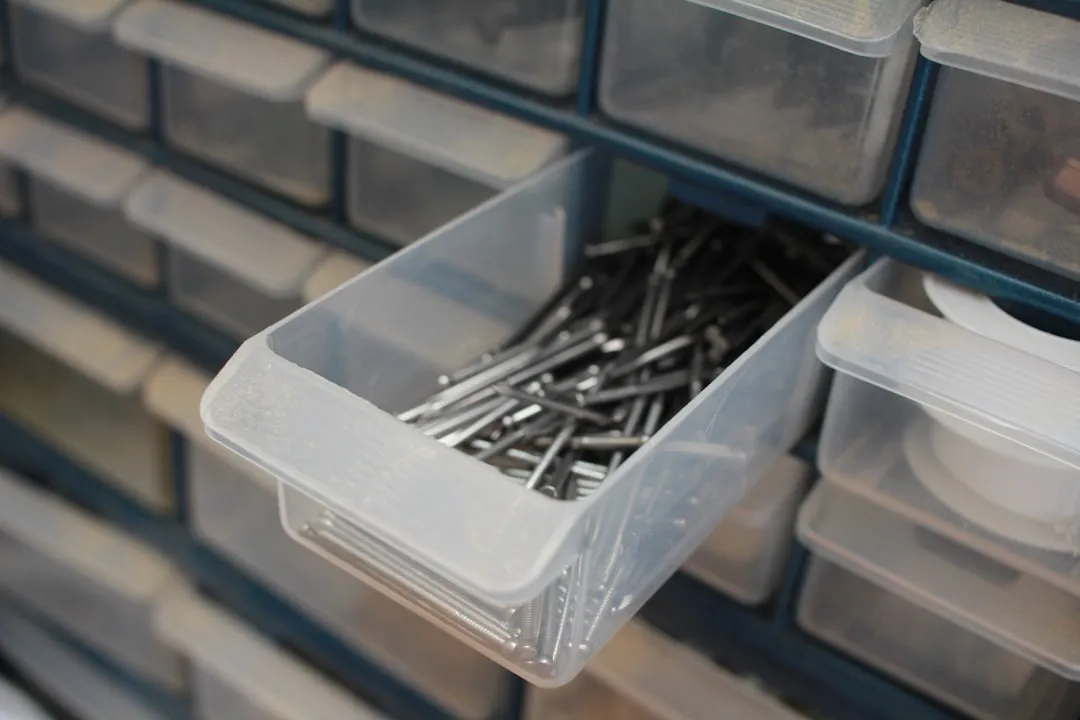


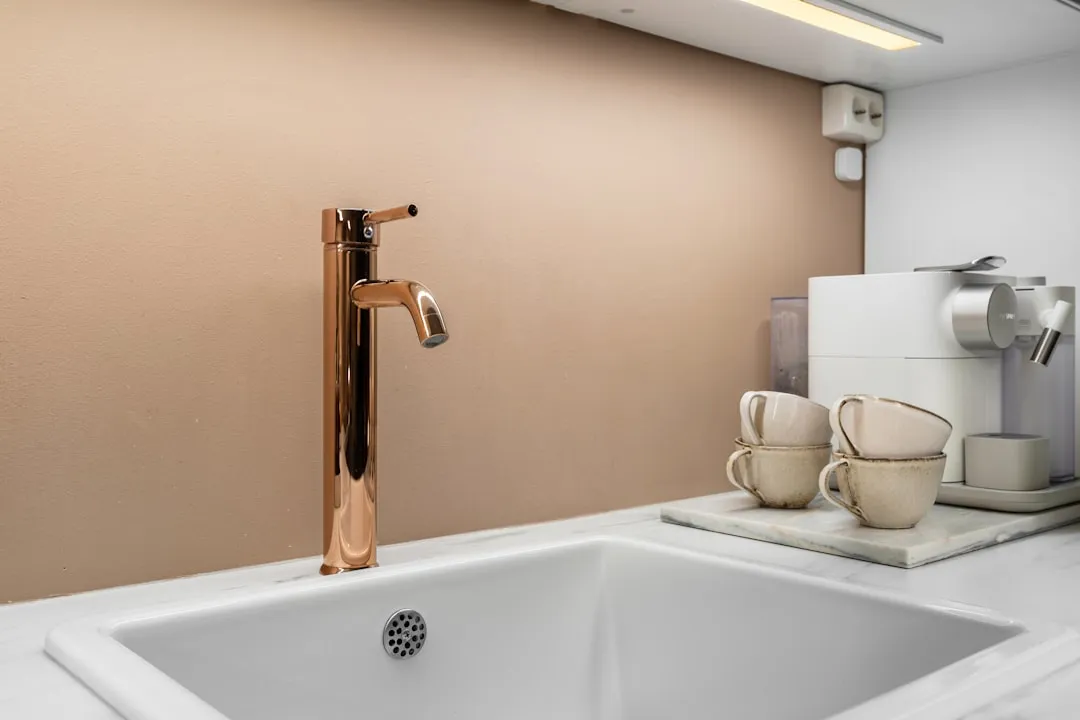
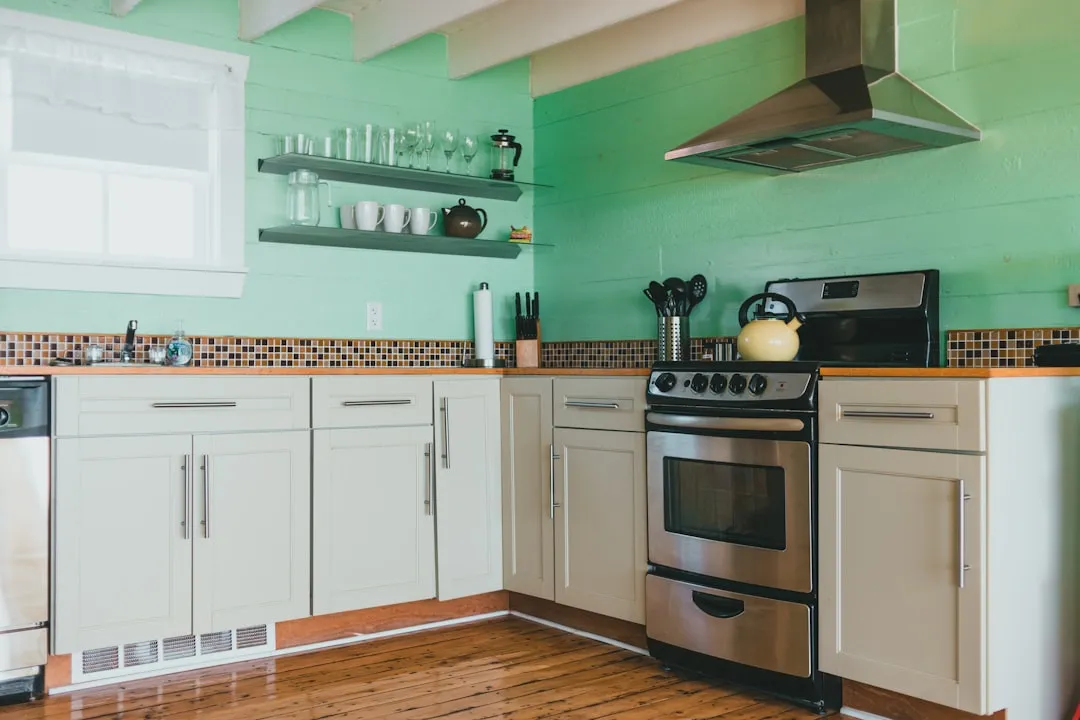

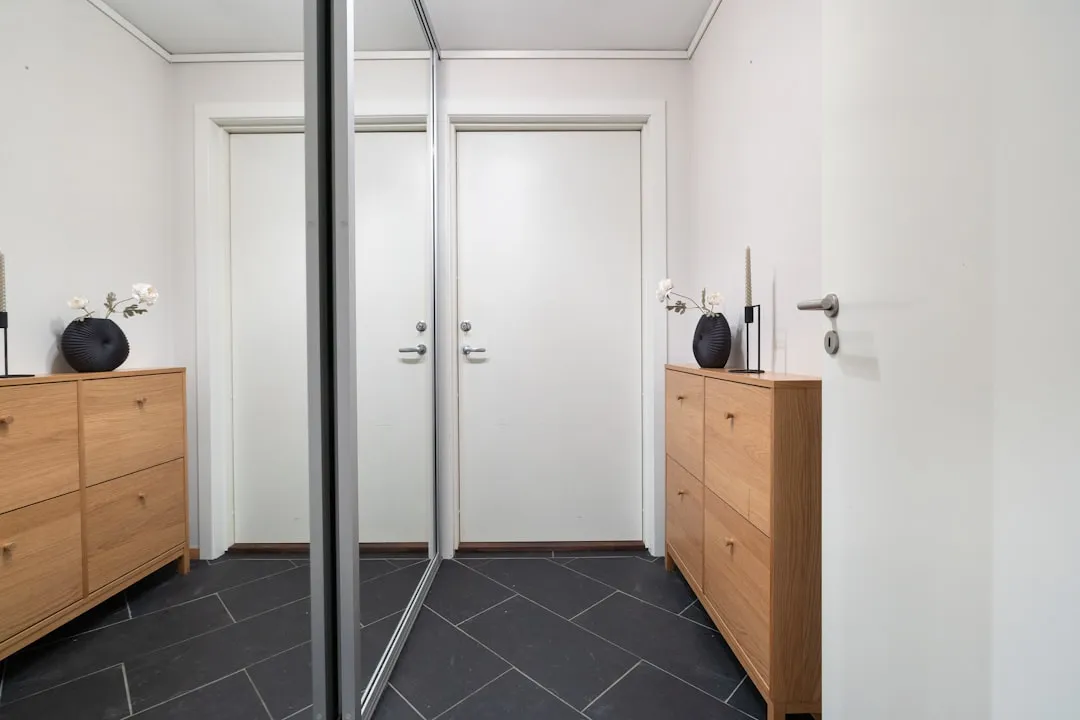
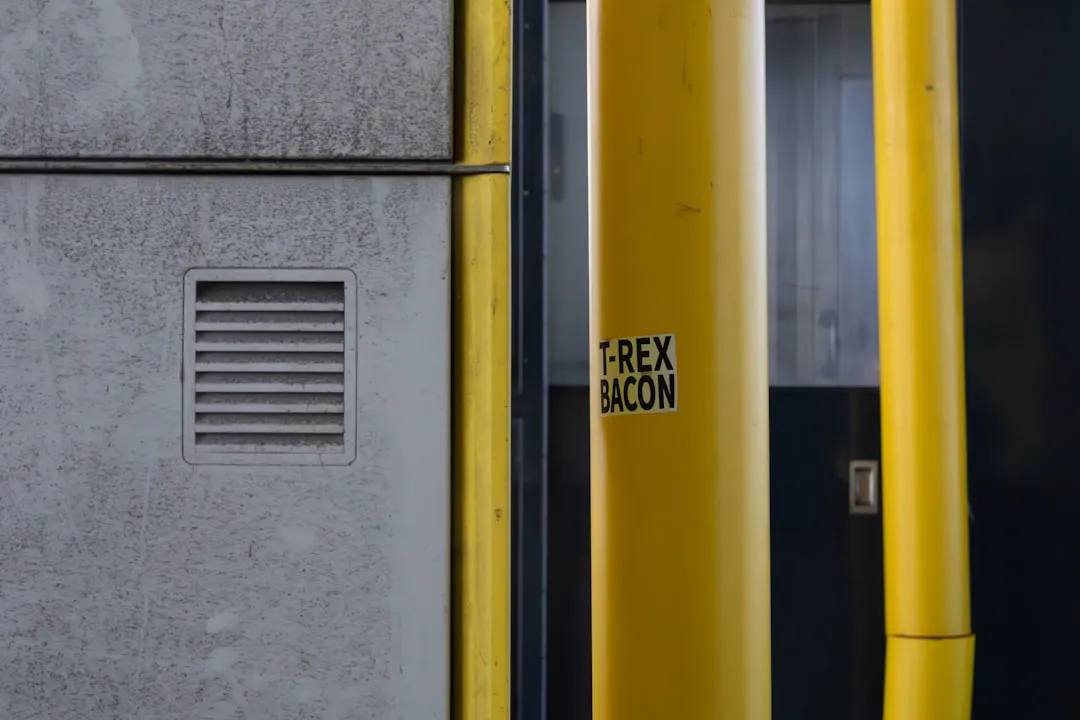
Comments
Be the first, drop a comment!